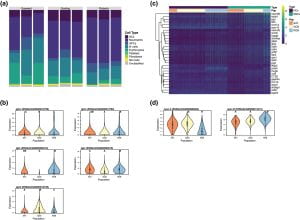
As ecoimmunologists, we are interested in the factors which drive variation in immune response within and between species. We are particularly interested in variability in immune systems across the tree of life, and the factors that have produced this immunity. Current projects include studies of microevolution of immune system structure across populations of the three-spined stickleback.